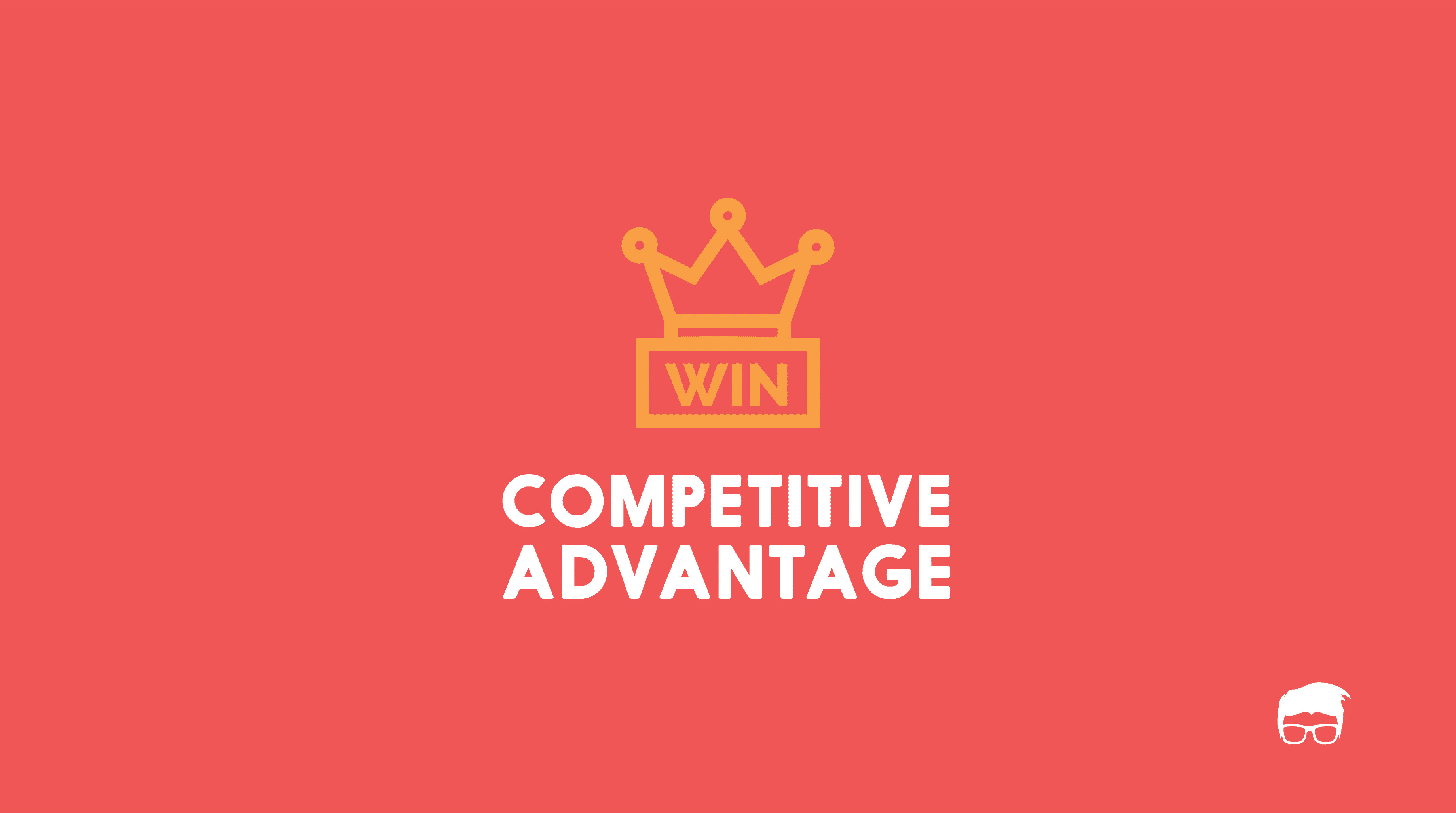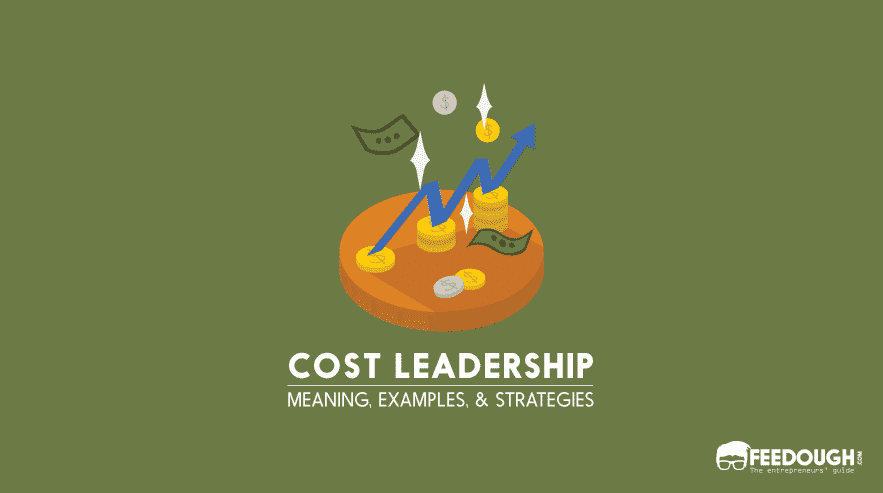Every entrepreneur wants to be seen as an industry leader in the market. This is quite natural as effective growth is known to be synonymous with brand loyalty, a large customer base and skyrocketing revenues as most powerful companies like Apple and Google implicate.
But what do these companies do to ensure a continuous growth strategy?
At any time, you might not have the capacity to take risks in launching a new product or entering a new market. Today, surviving in the market is not easy. Your competitors might outrun you and cause you to lose momentum in the market.
A market penetration strategy is the ideal plan of action when it comes to achieving growth with minimum risk. It helps you to expand sales and reach maximum customers with your existing products in the existing market.
Here’s a guide to walk you through it.
What Is Marketing Penetration Strategy?
Marketing penetration strategies are tactics used by companies to establish a large customer base and magnify their presence in the market as dominant.
They are also known as “in-market strategies” because they focus on stimulating growth within the existing market rather than targeting new ones.
The goal of market penetration is to achieve a larger sales volume compared to the sales volume of the overall market.
Hence, it is important to understand the market and what needs to be done to stay ahead of the competition.
Why Is Market Penetration Important?
As an entrepreneur, you not just want to maximise your revenue, but you want people to know your brand and trust it. All the powerful global brands are known to be successful because the customers in the market know their names and desire to own their products.
A market penetration strategy aims to achieve that by reaching maximum customers in the market till it becomes saturated. Some companies use a low pricing strategy to attract buyers, while some may adjust marketing campaigns.
It not only results in a large customer base but also helps in increasing the market share.
Even if a firm accounts for 60% of the total revenue in an industry but only manages to reach 15 out of a total of 100 customers, it only suggests a small radius. Market penetration aims to reach 40 out of 100 customers to attain a good penetration rate.
What Is A Good Market Penetration Rate?
Keeping in mind the growing number of startups and new entrants in every market, it is widely estimated that a market rate penetration rate of 2-6% is to be considered normal or above average for any company.
If a company has a penetration rate of 8%, it is already a step ahead of most of its competitors.
On the other hand, in a B2B business, a good penetration rate can be considered to go as high as 40%, which is excellent in any market.
How To Increase Market Penetration?
Market penetration stipulates you use the best strategy to strengthen your position and enhance your growth in the market.
Companies use the Ansoff matrix to decide which strategy best suits their organisation. Market penetration is the least risky of them all and hence is very popular among companies, especially SaaS organisations.
You already know the market for your product exists and how it responds. You focus on expanding your sales by adding more value to your product.
Besides, a little extra promotion of your brand would never hurt.
Use Competitive Pricing
Price plays an important role in creating a market penetration strategy as it is one of the first factors that any consumer considers before purchasing a product. With the growing popularity of ecommerce, comparing prices across platforms has become very easy.
Now your product being in an existing market already has substitutes and competitors, making price a driving force for your sales. Often companies use competitive pricing in this situation.
Setting low prices This is a common strategy used by retailers to attract customers by setting low prices and getting ahead in the game. However, you need to consider the risk of facing huge losses if you are unable to recover your production costs.
However, this strategy won’t work in the case of luxury products. You need to ensure that you don’t end up offering substantially low prices for your products as customers might conclude them to be less valuable or cheap quality.
Setting high prices If you choose to offer a high price for your products as compared to your competitors, then you need to justify the increase in the price by adding new features or modifications to your product. The customer tends to analyse the value of a high-priced product before buying it.
Setting prices at par Companies set equivalent prices in the market to avoid price wars and shift the focus to the product itself. Now if you can offer better features for the same price without adding much to the cost, your competitors will automatically lag behind.
Engaging in a price war works well in markets where customers are price sensitive but it’s important that you keep in mind the average income of the target market.
Take vegan makeup products, for instance, which are priced higher than other makeup products. A market penetration strategy involving price drops would stimulate customers to switch to your brand, but at the same time, you need to ensure that your product is not regarded as cheap.
Introduce More Distribution Channels:
A distribution channel is a path through which any product or service goes through before reaching the end consumer. It includes anyone that is a part of the process of sale – wholesaler, retailer, distributor and sometimes even the Internet as in the case of ecommerce.
Having a good and efficient distribution channel is an integral part of marketing as it ensures the delivery of products and services to the customers at the right time. So, depending on just one distribution channel is not advisable when you are striving for quick growth.
Add more distribution channels to increase the number of ways in which a product or service may reach the customer. Set the distribution process in a way to reduce the number of stops that a product or service has to pass through and make it more efficient.
With the onset of the digital era, ecommerce and online marketing channels have made it a lot easier for retailers to reach their customers quickly. It will be unwise to not tap the opportunity.
Coca-Cola would never have become the brand it is today had it just depended on individual retail outlets. It sells its products to canning and bottling companies, wholesalers, retailers and distributors who further sell to convenience stores, supermarkets, gas stations etc. With this advantage of such a strong and wide distribution system, coke was made available in every store, and to date, any startup cannot easily replicate their network.
Modify Your Product
You need to listen to your customers to make them listen to you. If you want your customers to buy your product you need to give them exactly what they need.
Analyse customer reviews and feedback for your product and any other similar products in the market. This helps to identify any features that might be missing in the product. Now use this to adjust and modify the product according to the customer’s needs.
Sometimes, product appeal can be established just by communicating the product’s value. By making minor product and packaging adjustments, you can appeal to the customers more powerfully and increase your sales overall.
Apple has the highest market penetration in the smartphone industry worldwide even though iPhones are costlier. The reason behind this is the customer appeal that an iPhone generates among its consumers. When they experience their device’s unmatched quality and exclusive features, it satisfies the value to the money.
Acquiring Businesses
Acquisition is a standard approach which fosters the idea to buy out your competition instead of challenging them. Existing companies already have an established sales and market share in the industry. Buying the whole company allows you to access their customer base, hold on to their current sales and at the same time scale your own operations.
As a startup, you might not have the required resources to buy a whole company but you can look for strategic alliances with companies to widen your reach and explore new audiences. The most common form of strategic alliances is forming joint ventures where each company has a definite equity shareholding. This makes it easier for small ventures to enter new markets in the future.
Facebook (now Meta) buying Instagram and WhatsApp is the perfect example of where a company acquires another business in the same industry to resolve its competition. Both WhatsApp and Instagram were growing steadily to capture the market share substituting other popular mobile apps, especially Facebook. So, seeing this as a threat, Facebook converted it into an opportunity by buying out its competitors. Today, these apps have a combined user base of 3.6 billion.
Adjust Marketing Campaigns
Customers get to know about your product through your advertising campaigns. You need to connect with your customers through these campaigns so they see the value in the product and feel the urge to buy it. Aggressive marketing campaigns help you reach larger audiences and increase brand awareness.
Increasing the budget for marketing and promotional campaigns helps in generating brand awareness and a bigger market share in the industry. Companies analyse their marketing expenses to identify the areas with the highest customer conversion rates.
For instance, if you run an online store and market your products on your website, social media platforms like Instagram and Facebook, e-commerce platforms like Amazon or any other ads, you should be tracking the origin of your sales. Once you point out what generates the highest revenue streams, you start spending more in that area.
Another way to win customer trust is by getting your product tested and verified by a certified organisation. It gives them a sense of belief and urges them to be loyal to your brand.
Dunkin Donuts has been driving the millennials crazy with their bright-coloured posters and vibrant campaigns, making their social media pages a treat to the eyes. Using a bright-coloured logo makes the brand memorable and leaves a lasting impression on the consumers. It uses almost every form of advertising from print media to television and online ads which has earned the company a huge market share in the industry.

Simplify The Purchase Process
With the growing popularity of e-commerce platforms, most people want to shop online from the comforts of their homes. Thus, it becomes necessary that the process of making a purchase is simple and hassle-free.
You need to give your customers the best online shopping experience, so they wish to come back again later. When someone goes on your website, it should be easily accessible, and the person should not face any difficulty in navigating through the site to find what they are looking for.
If placing an order involves long formalities, it becomes a big put-off for the customers. Ensure that the checkout process doesn’t require a lot of details to be filled in and has customer-friendly options like Cash on Delivery (COD) or an easy return policy.
You don’t need to do it right in your first attempt, so you can take assistance from businesses who have already mastered this concept and help you in the process.
Amazon is the largest e-commerce company in the world. They have managed to list almost every kind of product available in the market, and every retailer eyes a customer base that big. One of the main reasons behind this is their extremely user-friendly interface and hassle-free checkout process.

Increase Geographic Reach
Another approach is to consider expanding to new locations. The scaling process becomes much easier when you get access to new markets with the opportunity to tap multiple resources and reach new potential customers. At the same time, you reduce your operational risk by broadening your presence in the market.
But it is not exactly a foolproof market penetration strategy and comes with a substantial financial risk. An increase in sales is not guaranteed until your product has a considerable value proposition in the market. You need to promise the benefits to your customers they will get after buying your product and show them how it is useful for them.
A careful study of the economic, social, cultural and political environment paired with a detailed analysis of the market helps to identify customer needs in any geographical location and helps you market your products accordingly.
CNET targeted the Latin world and entered the market by introducing a Spanish version of the tech news site while partnering with renowned actress Sofia Vergara.

Educate The Market
If you are looking to launch a new product with no established customer base yet, you first need to draw attention to your brand, so customers become aware of your existence.
You need your customers to understand how you are solving their problems so they see that you feel their pain. Help them get to know you by using marketing tools like pay-per-click advertising and promotion gigs on well-doing websites.
Customer education helps inspire the customer to build brand loyalty and trust and they don’t feel uneasy when you ask them to choose your product over others they were using previously.
Cabot, a cheese manufacturing brand, brought social media into play to educate customers about their product. They used Pinterest ads to flood popular cheese recipes on the market through digital communities and social media pages. People loved interacting in communities and actively participated in it, generating brand awareness.

Examples Of Market Penetration Strategies
- Apple Inc. accounts for more than 50% of the revenue in the smartphone industry. With the constant introduction of new and improved models frequently, the company manages to keep the customers hooked to its products. Not only this, it still has the capacity to increase its customer base by attacking the competitor.
- McDonald’s uses market penetration as its primary strategy for growth. It’s the biggest fast-food chain in the world and grows by reaching customers where it’s already present. For example, it opens new outlets in North America and Europe through franchising and corporate ownerships only to grow globally by adding new locations.
- Netflix doesn’t practice penetration pricing. Instead, it charges higher than other streaming platforms but still manages to beat them all. The reason here is the content quality and the experience it offers so the customers don’t mind paying a little more.
Bottom line?
In the race to dominate the market, retailers are willing to test strategies to scale up their growth process. But only the company which analyses the competitive space and its position well will be able to choose and implement the best strategy.
With a combination of strategic pricing, improvement in products and promotional efforts, it is highly likely that you will be able to dominate the market.
Go On, Tell Us What You Think!
Did we miss something? Come on! Tell us what you think about our article on market penetration strategies in the comments section.
A startup enthusiast, optimist and full time learner. With keen interest in finance and management, Khushi believes communication to be the key to every management. Always ready to explore more and walking that extra mile in putting efforts.

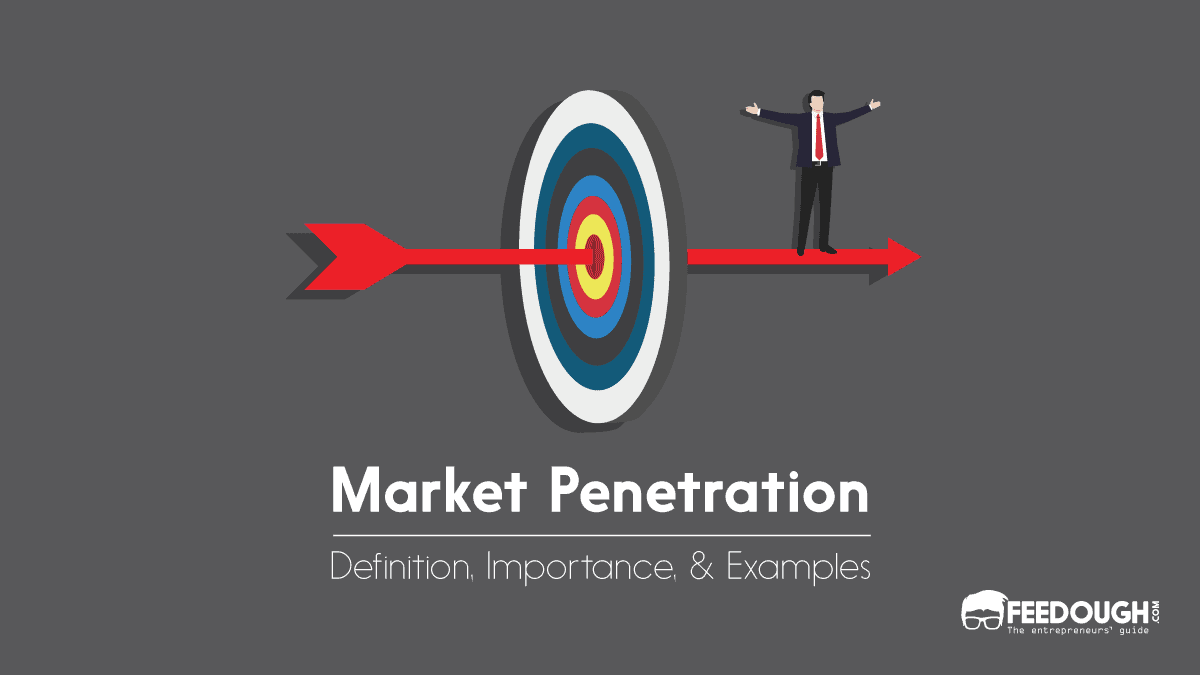
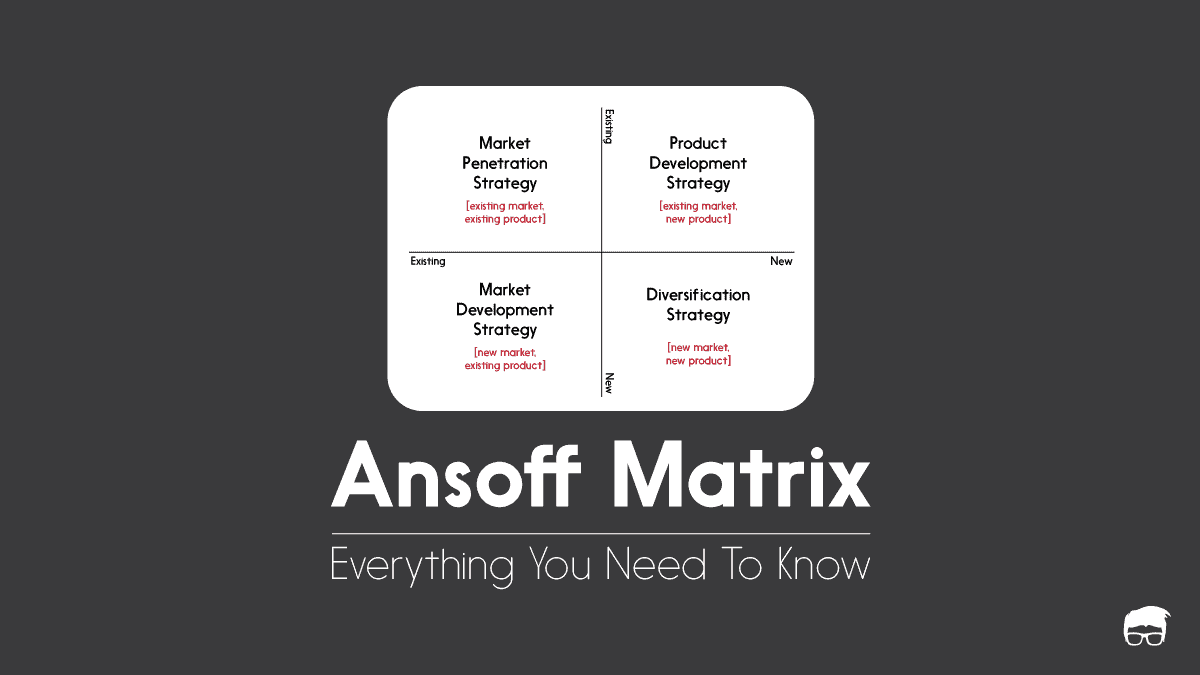


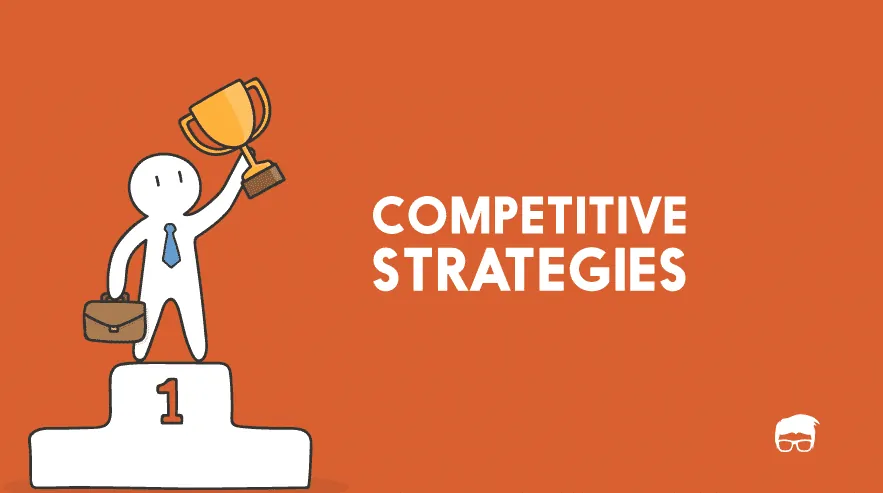
![Go-To-Market Strategy [The Ultimate Guide] go-to-market strategy](https://www.feedough.com/wp-content/uploads/2019/10/go-to-market-strategy.webp)
